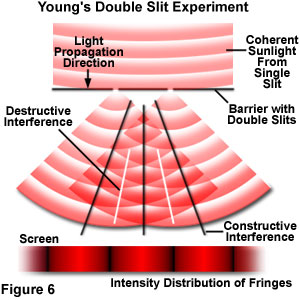

Light originating from a close source still maintains a spherical, highly curved wavefront, while light emitted from a distance source will spread more and impact the mirror with wavefronts that are almost planar. The shape of arriving waves is strongly dependent upon how far the light source is from the mirror. Upon impacting a mirror, the waves are reflected according to the arrival angles, but with each wave turned back to front to produce a reversed image (Figure 1). Wave theory speculates that a light source emits light waves that spread in all directions. Prior to becoming a wave, the particles align themselves in waves.Īn excellent comparison of the wave and particle theories involves the differences that occur when light is reflected from a smooth, specular surface, such as a mirror. The Particle/Wave slider, located beneath the mirror, can be utilized to morph the beam of particles into a planar wavefront.

After bouncing away from the surface, the particles travel back into space at a reflection angle that equals the incident angle (measured from a plane perpendicular to the mirror). The tutorial initializes with particles of monochromatic red light (photons) impacting the surface of a mirror with an incident angle of approximately 60 degrees. This interactive tutorial explores how particles and waves behave when reflected from a smooth surface. The opposing view holds that light is composed of a steady stream of particles, much like tiny droplets of water sprayed from a garden hose nozzle. One point of view envisions light as wave-like in nature, producing energy that traverses through space in a manner similar to the ripples spreading across the surface of a still pond after being disturbed by a dropped rock.


 0 kommentar(er)
0 kommentar(er)
